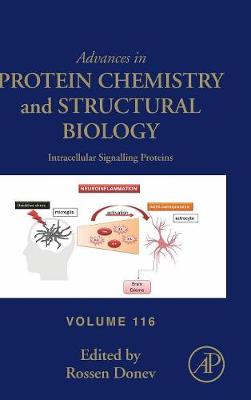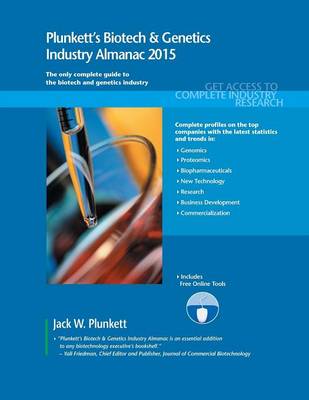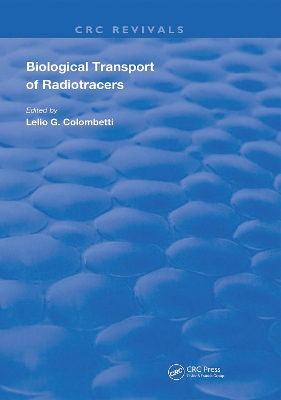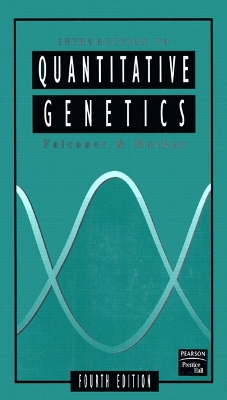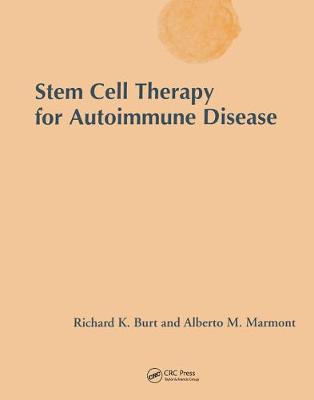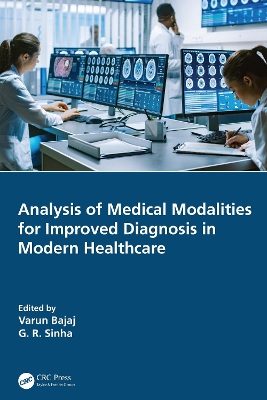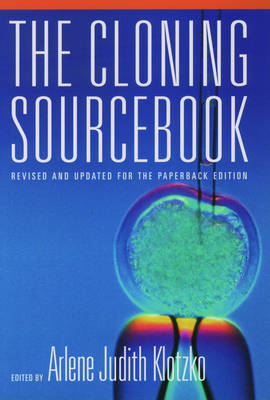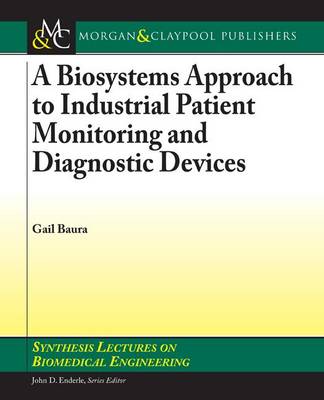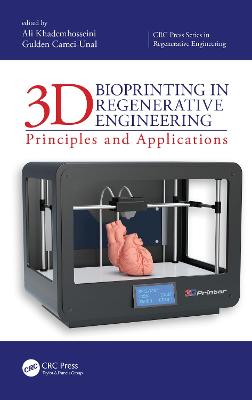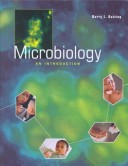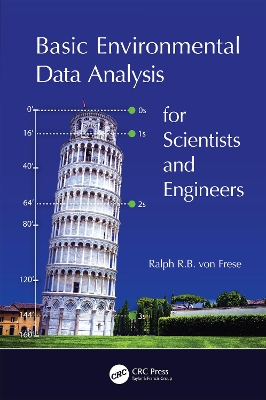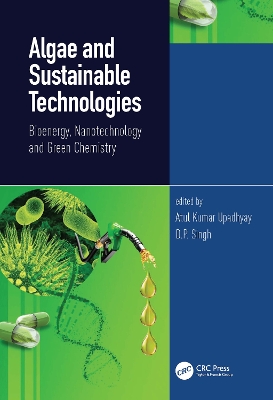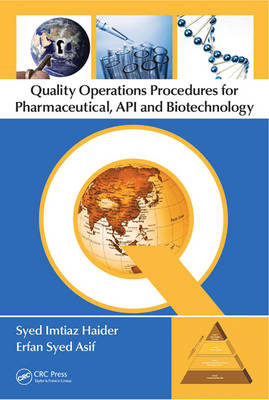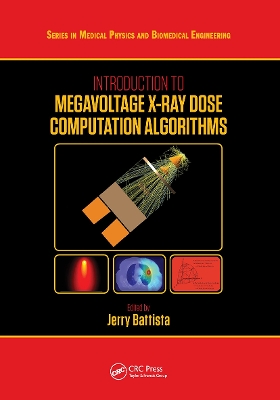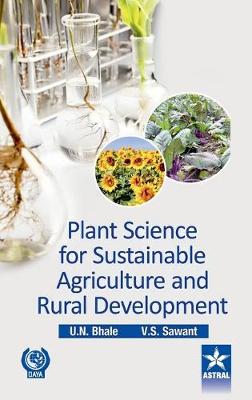Intracellular Signalling Proteins (Advances in Protein Chemistry and Structural Biology)
Intracellular Signalling Proteins, Volume 116, presents an overview of the current developments in mechanisms of intracellular signaling and involvement of these mechanisms in the development of a number of disorders and diseases. Opportunities for targeting the intracellular signaling cascades for benefiting patients are also discussed, along with chapters that focus on Voices from the Dead: The Complex Language of Dead Cells, Nucleobindins and Encoded Peptides: From Cell Signalling to Physiolo...
Plunkett's Biotech & Genetics Industry Almanac 2015 (Plunkett's Industry Almanacs)
by Jack W Plunkett
Plunkett's Biotech & Genetics Industry Almanac is a complete reference guide to the business side of biotechnology, genetics, proteomics and related services. This new book contains complete profiles of the leading biotech companies; in-depth chapters on trends in genetics, technologies, statistics and finances; a handy glossary; and thorough indexes. For the first time, in one carefully-researched volume, you'll get all of the data you need. Topics include: biotechnology funding and investme...
A First Course in Systems Biology is an introduction for advanced undergraduate and graduate students to the growing field of systems biology. Its main focus is the development of computational models and their applications to diverse biological systems. The book begins with the fundamentals of modeling, then reviews features of the molecular inventories that bring biological systems to life and discusses case studies that represent some of the frontiers in systems biology and synthetic biology....
Biological Transport of Radiotracers (Routledge Revivals)
First published in 1982: The book attempts to explain transport processes for radiolabelled tracers.
Introduction to Quantitative Genetics
by Douglas S. Falconer and Trudy F.C. Mackay
The lastest edition of this classic text continues to provide the basis for understanding the genetic principles behind quantitative differences in phenotypes and how they apply to animal and plant improvement and evolution. It extends these concepts to the segregation of genes that cause genetic variation in quantitative traits. Key techniques and methods are also covered.
Stem cell transplantation may be complicated by treatment-related mortality and like the immune system that it regenerates has equal potential to either create and preserve or destroy. The dual nature that defines stem cells is differentiation that ultimately leads to death and self-renewal, which leads to immortality. What types of stem cells are there? How are they collected? What are their attributes and characteristics? This textbook devotes many chapters to familiarize the reader with the b...
Analysis of Medical Modalities for Improved Diagnosis in Modern Healthcare
In modern healthcare, various medical modalities play an important role in improving the diagnostic performance in healthcare systems for various applications, such as prosthesis design, surgical implant design, diagnosis and prognosis, and detection of abnormalities in the treatment of various diseases. Analysis of Medical Modalities for Improved Diagnosis in Modern Healthcare discusses the uses of analysis, modeling, and manipulation of modalities, such as EEG, ECG, EMG, PCG, EOG, MRI, and FMR...
Injectable Biomaterials
Stem Cell Engineering Handbook
Stem cell engineering allows scientists to manipulate stem cells artificially for the purpose of studying and controlling their survival, potency, proliferation, migration, specific differentiation, plasticity, immunocompatibility, fate in vivo, and other properties. This new research area holds great promise for researchers using stem cells for testing the safety and effects of new drugs, for the treatment of disease, and for the regeneration of injured tissues. This volumes brings researchers...
The Cloning Sourcebook
A distinguished collection of papers by leading scientists and bioethicists on the science and social issues related to large-animal cloning. The book details the prospective medical benefits for development of pharmaceuticals in transgenic animals and of organs for xenotransplants, and the implications for the possibility of human cloning. It provides a thorough, authoritative assessment and explanation of what has been done, including recent animal cloning, and what the possibilities are for t...
A Biosystems Approach to Industrial Patient Monitoring and Diagnostic Devices (Synthesis Lectures on Emerging Engineering Technologies)
by Gail Baura
3D Bioprinting in Regenerative Engineering (CRC Press Regenerative Engineering)
Batzing's MICROBIOLOGY: AN INTRODUCTION offers a new approach in introductory microbiology, with an emphasis on teaching effectively the important concepts of the course without a strict focus on memorization. Pedagogical material, such as concept maps and flow diagrams, is carefully integrated throughout to enhance understanding and gives students a visual representation of difficult topics. The final portion of the text follows a portal of entry, or route of transmission organization, with mat...
Energy Dispersive X-Ray Analysis in the Electron Microscope
by A J Garratt-Reed and D.C. Bell
This book provides an in-depth description of x-ray microanalysis in the electron microscope. It is sufficiently detailed to ensure that novices will understand the nuances of high-quality EDX analysis. Includes information about hardware design as well as the physics of x-ray generation, absorption and detection, and most post-detection data processing. Details on electron optics and electron probe formation allow the novice to make sensible adjustments to the electron microscope in order to s...
Food Biotechnology (Food Science and Technology)
Revised and updated to reflect the latest research and advances available, Food Biotechnology, Second Edition demonstrates the effect that biotechnology has on food production and processing. It is an authoritative and exhaustive compilation that discusses the bioconversion of raw food materials to processed products, the improvement of food quality, the importance of food safety, the design of ingredients for functional foods, and the biochemical advances made in traditional fermentation. It al...
Basic Environmental Data Analysis for Scientists and Engineers
by Ralph R.B. Von Frese
Classroom tested and the result of over 30 years of teaching and research, this textbook is an invaluable tool for undergraduate and graduate data analysis courses in environmental sciences and engineering. It is also a useful reference on modern digital data analysis for the extensive and growing community of Earth scientists and engineers. Basic Environmental Data Analysis for Scientists and Engineers introduces practical concepts of modern digital data analysis and graphics, including numer...
Algae and Sustainable Technologies
Algal and sustainable technologies: Bioenergy, Nannotechnology and Green chemistry is an interdisciplinary overview of the world's major problems; water scarcity, clean environment and energy and their sustenance remedy measures using microalgae. It comprehensively presents the way to tackle the socio-economic issues including food, feed, fuel, medicine and health and also entails the untapped potential of microalgae in environmental management, bioenergy solution and sustainable synthesis of ph...
Quality Operations Procedures for Pharmaceutical, API, and Biotechnology
by Syed Imtiaz Haider and Erfan Syed Asif
To stay in compliance with regulations, pharmaceutical, medical, and biotech companies must create qualtiy SOPs that build in the regulatory requirements into actions and describe personal flow, internal flow, flow of information, and processing steps. Quality Operations Procedures for Pharmaceutical, API, and Biotechnology and the accompanying CD-ROM take into account all major international regulations, such as FDA, EU GMP, cGMP, GLP, PDA technical monographs, PDA technical reports, PMA concep...
Read an exclusive interview with Dr. Jerry Battista here. A critical element of radiation treatment planning for cancer is the accurate prediction and delivery of a tailored radiation dose distribution inside the patient. Megavoltage x-ray beams are aimed at the tumour, while collateral damage to nearby healthy tissue and organs is minimized. The key to optimal treatment therefore lies in adopting a trustworthy three-dimensional (3D) dose computation algorithm, which simulates the passage of...
Plant Sciences for Sustainable Agriculture and Rural Development
by Dr U. N. Bhale and Dr V. S. Sawant
